Welcome to the "Lufthansa Technology Group" WeChat public number! The CO2 flux at the water-gas interface of river systems plays a very important role in regional and global carbon cycles. However, there is still considerable uncertainty about the contribution of these inland river systems to global carbon estimates. Part of the uncertainty stems from limited understanding of seasonal and diurnal variations in CO2 fluxes caused by aquatic metabolism. (Two experimental zones in the study number: PY and DM) In this study, the surface water characteristics (temperature, pH, dissolved oxygen DO, dissolved inorganic carbon DIC, and Ca 2+ concentration) and the CO2 flux at the water-air interface were measured in two experimental zones in the Guijiang River Basin in southwestern China. The seasonal and diurnal dynamics of the river's carbon cycle and its potential role for regional and global carbon estimation were assessed. Among them, two experimental sites have different bedrocks; DM is composed of carbonates and clastic rocks, and PY is pure carbonates. In this study, the CO2 flux at the water-air interface was measured by the floating static chamber method using a portable CO2/H2O gas monitor EGM-5 manufactured by PP Systems, USA. ( seasonal change in CO 2 exchange) The results show that the river absorbs CO2 from the atmosphere both in summer and winter and is accompanied by CO2 degassing, but the CO2 absorption and degassing in the two zones are different. Moreover, CO2 flux also has a dynamic evolution of day and night. In DM, CO2 degassing from the river continues from morning to night, and CO2 absorption continues from the afternoon to the early morning. In PY, CO2 degassing decreases during the summer and increases during the day, while in the winter CO2 absorption increases, decreases in the afternoon and remains relatively stable at night. ( Seasonal and day and night changes in CO 2 exchange) Although the river is the net source of atmospheric carbon (15 mM m -2 day -1 ), its degassing rate is the lowest of all reported inland waters in the world, indicating dissolution through carbonates and higher primary productivity. The storage of carbon in the atmosphere has been achieved. These results underscore the need to monitor seasonal and diurnal variations in CO2 fluxes at the water-air interface in inland rivers in order to reduce the uncertainty of current global river CO2 emissions estimates. Source of literature Zhang T, Li J, Pu J, et al. River sequesters atmospheric carbon and limits the CO2degassing in karst area, southwest China[J]. Science of the Total Environment, 2017, 609:92. Sweet corn. The light green outer leaves of sweet corn are yellow grains, but also purple and yellow. The grains are small and round, the skin is thin and soft, tender, sweet and delicious.Contains carotene, zeaxanthin, with the effect of eye protection. Sweet Corn,Corn Kernels,Sweet Corn Kernels,Fresh Corn Kernels Jilin Province Argricultural Sister-in-law Food Co., Ltd. , https://www.nongsaocorn.com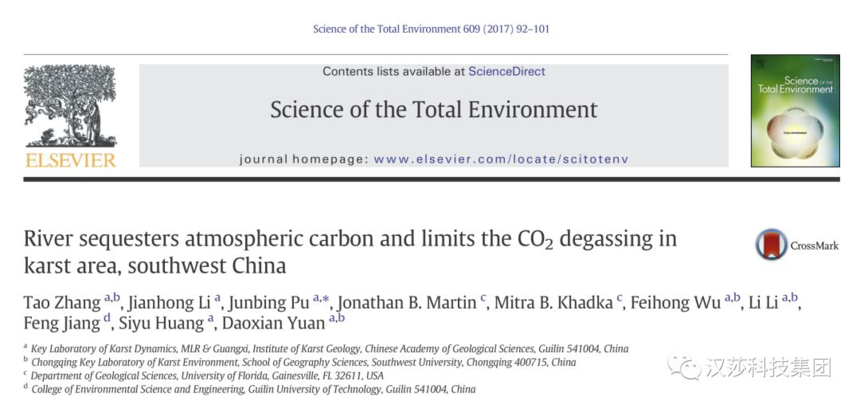
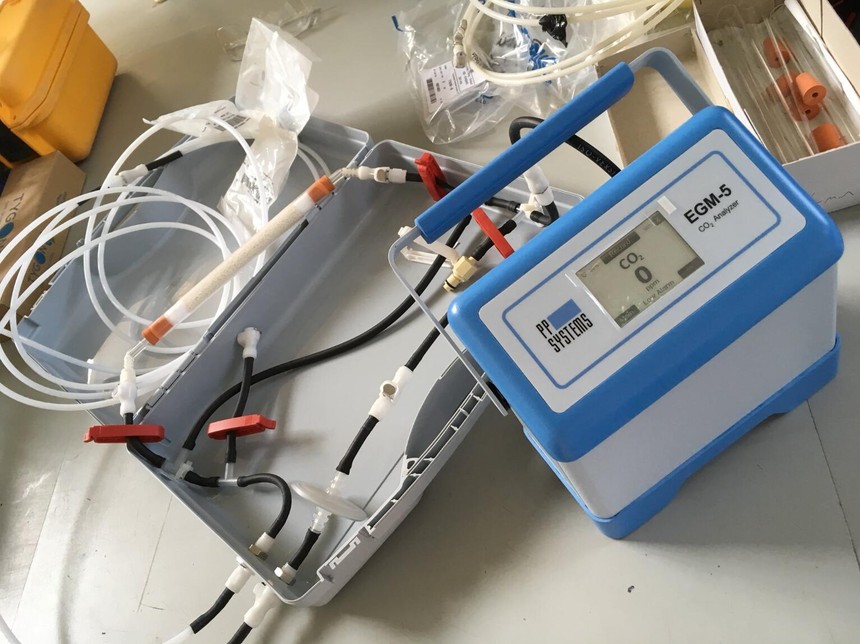
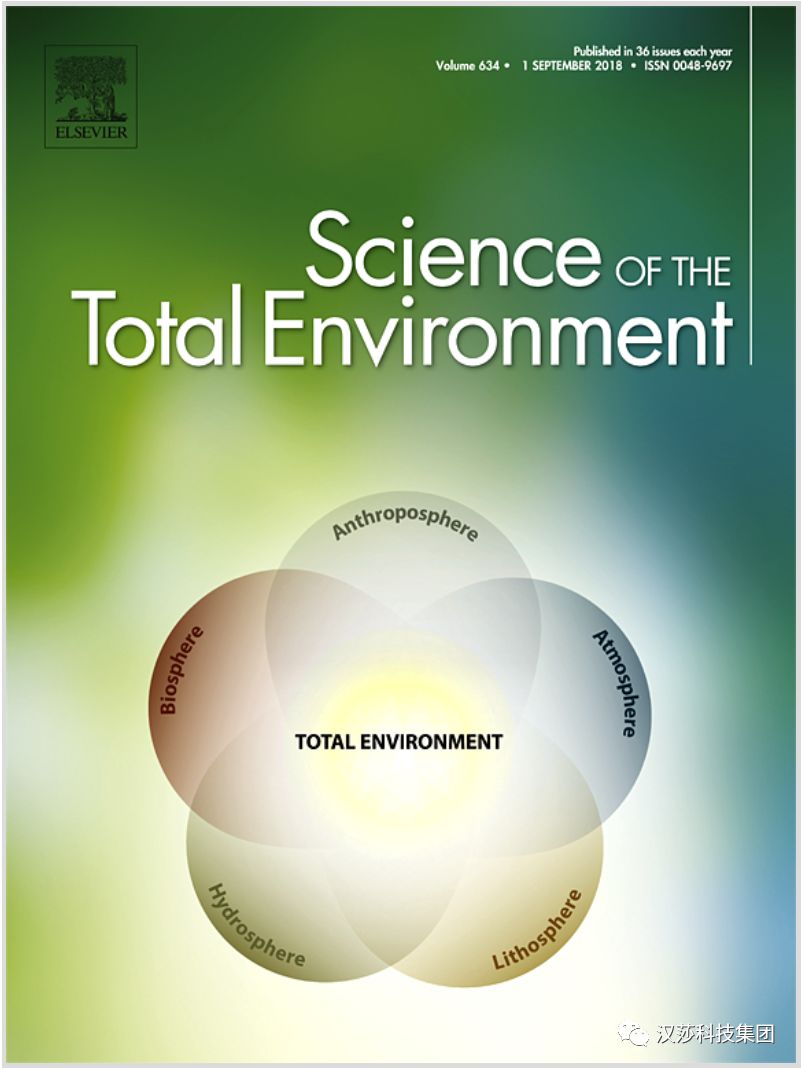
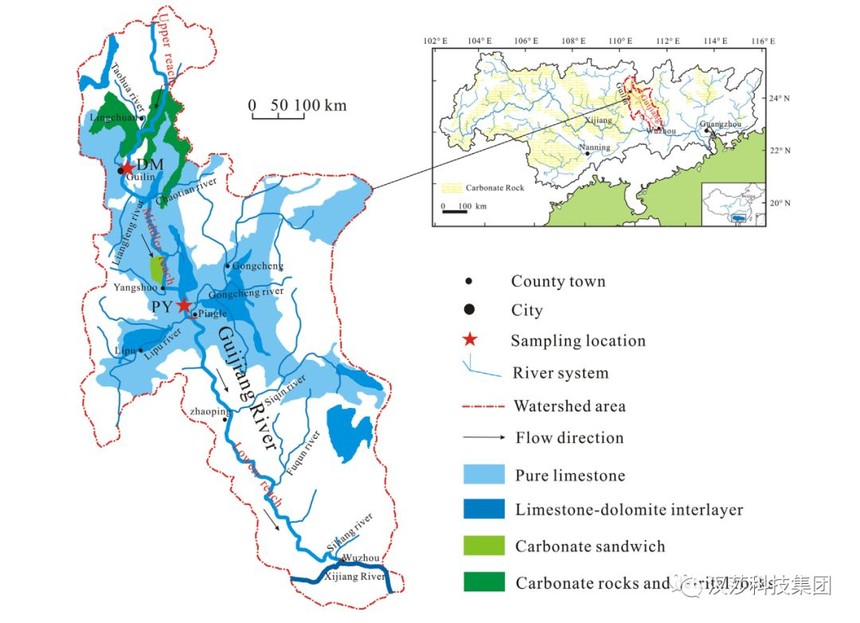
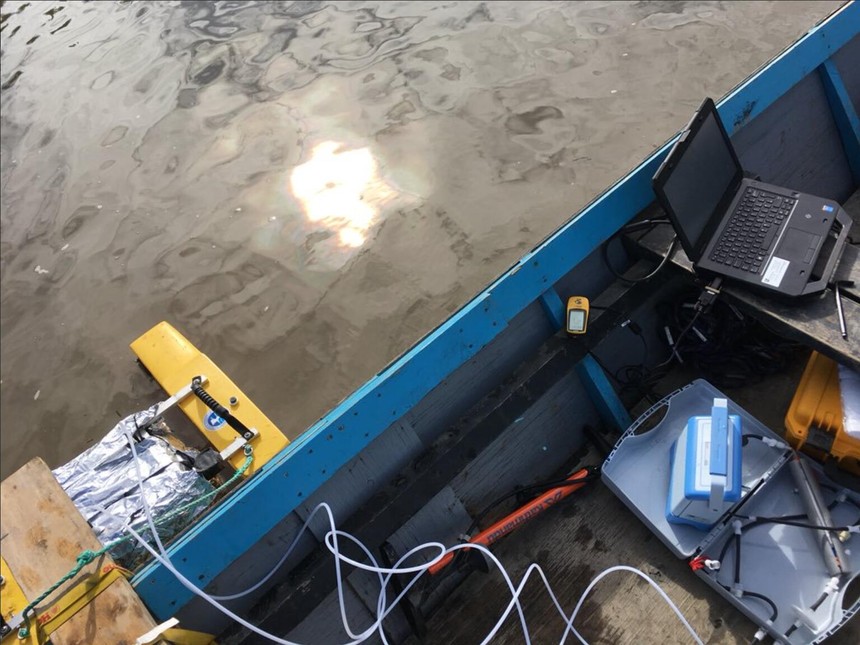
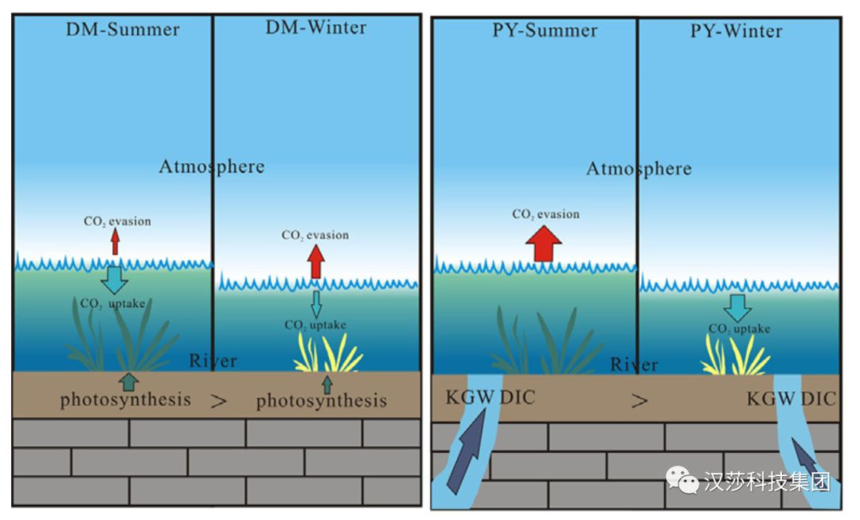
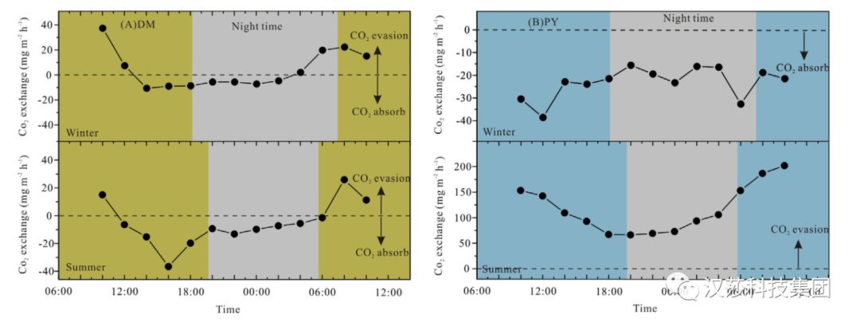
Sweet corn is most often boiled into soups. It is a favorite soup for children and adults, whether it is made into a clear corn soup with ribs or pureed with cream.
Rivers in the karst region of southwestern China absorb atmospheric carbon and limit CO2 degassing
[汉è¨ç§‘仪|EGM-5]|Rivers in southwestern China's karst region absorb atmospheric carbon and limit CO2 degassing
Next Article
An osteoporosis drug or can cure breast cancer
Prev Article
Five words for corn fertilization